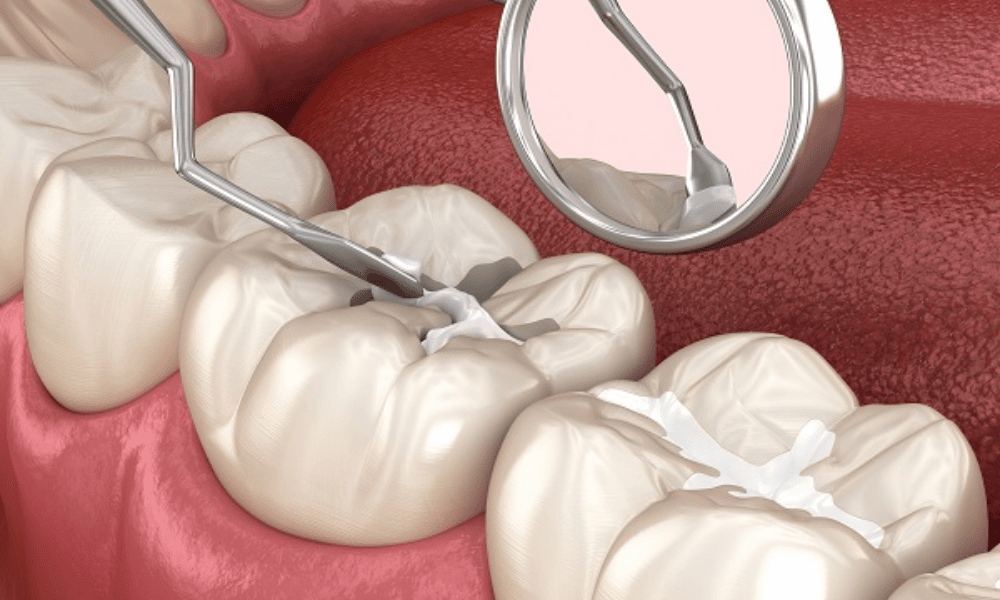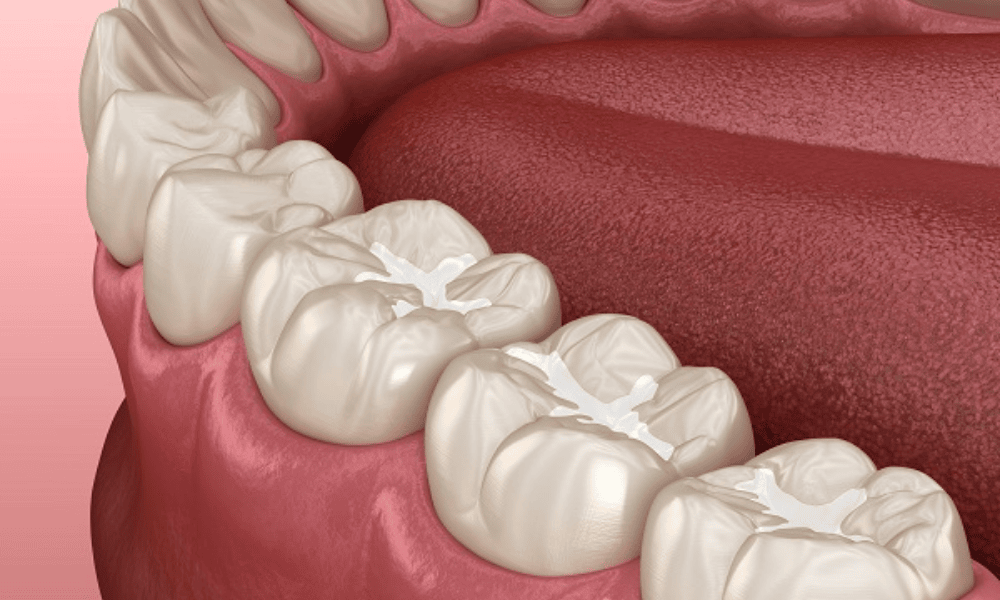Dental Sealants: Protect Your Teeth with Advanced Preventive Care
At Todays Dental Cayce, we understand the importance of maintaining healthy teeth for a lifetime. One of the most effective ways to protect your teeth, especially for those in Cayce, is by using dental sealants. Whether you’re seeking protection for your child’s teeth or looking for solutions for your own oral health, dental sealants offer a safe, preventative measure that helps seal out harmful bacteria and food particles. Book Now to schedule a consultation and learn more about the benefits of tooth sealant for your teeth.

What Are Dental Sealants?
Dental sealants are thin, protective coatings that are applied to the chewing surfaces of your teeth, particularly the back molars, where pits in teeth can trap food and bacteria. These areas are prone to decay, and dental coatings offer an excellent defense by sealing teeth with a durable shield that prevents cavities from forming.
This preventive resin restoration (PRR) is commonly used in both children and adults as a way to preserve oral health. While it’s more common in kids, dental sealants for adults can also provide lasting protection for your teeth, especially those who are prone to cavities or have deep grooves in their molars.
Don’t wait until decay sets in! Contact Us Today to schedule your dental sealant treatment in Cayce.

Benefits of Dental Sealants for Adults
Many people assume that tooth sealant is only for children, but dental sealants for adults offer significant benefits too. For adults, dental tooth sealant can help protect molars that have been at risk of decay for years. If you have deep grooves or pits in teeth, the dental coating creates a smooth, protective barrier against bacteria, minimizing the risk of cavities.
Preventive resin restoration (PRR) is also a great option for adults who have existing fillings or early signs of decay. These sealants can help prevent further damage and keep your teeth strong and healthy for years to come.
Learn More about how dental sealants can help protect your smile, whether you’re young or young at heart.
Dental Sealants vs. Root Canal Sealant: What’s the Difference?
While both dental coatings and root canal sealants serve as protective measures for your teeth, they’re used in different scenarios. Root canal sealants are used after a root canal procedure to seal the tooth from future infection. On the other hand, dental tooth sealant is a preventive measure used on healthy teeth to protect them from the risk of decay before any damage occurs.
Our team at Todays Dental Cayce is experienced in both techniques, ensuring you receive the best care for your needs. Book Now to find out which option is best for your dental health.

Why Choose Us for Dental Sealants in Cayce?
At Todays Dental Cayce, we are committed to providing high-quality, expert care. Our dental professionals are highly trained in the latest techniques in preventive care, including dental sealants and preventive resin restoration. We utilize only the best materials to ensure that your dental coatings provide long-lasting protection against cavities and decay.
With our expertise, you can rest assured that your oral health is in safe hands. Contact Us Today to learn how dental sealants can safeguard your smile for years to come.
Why Trust Todays Dental Cayce for Your Dental Sealants?
Experienced Care
Our team stays up-to-date with the latest treatments for your best care.
Sanitation & Safety
We follow strict sterilization protocols for your protection.
Comfort
Enjoy a relaxed, stress-free atmosphere during your visit.
State-of-the-Art Technology
We use advanced tools for effective, efficient treatment.
Personalized Approach
Treatment tailored to your unique dental needs for optimal results.
Frequently Asked Questions
Protect your teeth with dental sealants Today!
At Todays Dental Cayce, your health and well-being are our top priorities.
Schedule your appointment today at Todays Dental Cayce to explore the Dental Sealants options available.
Call us now or fill out our online form to get started!





